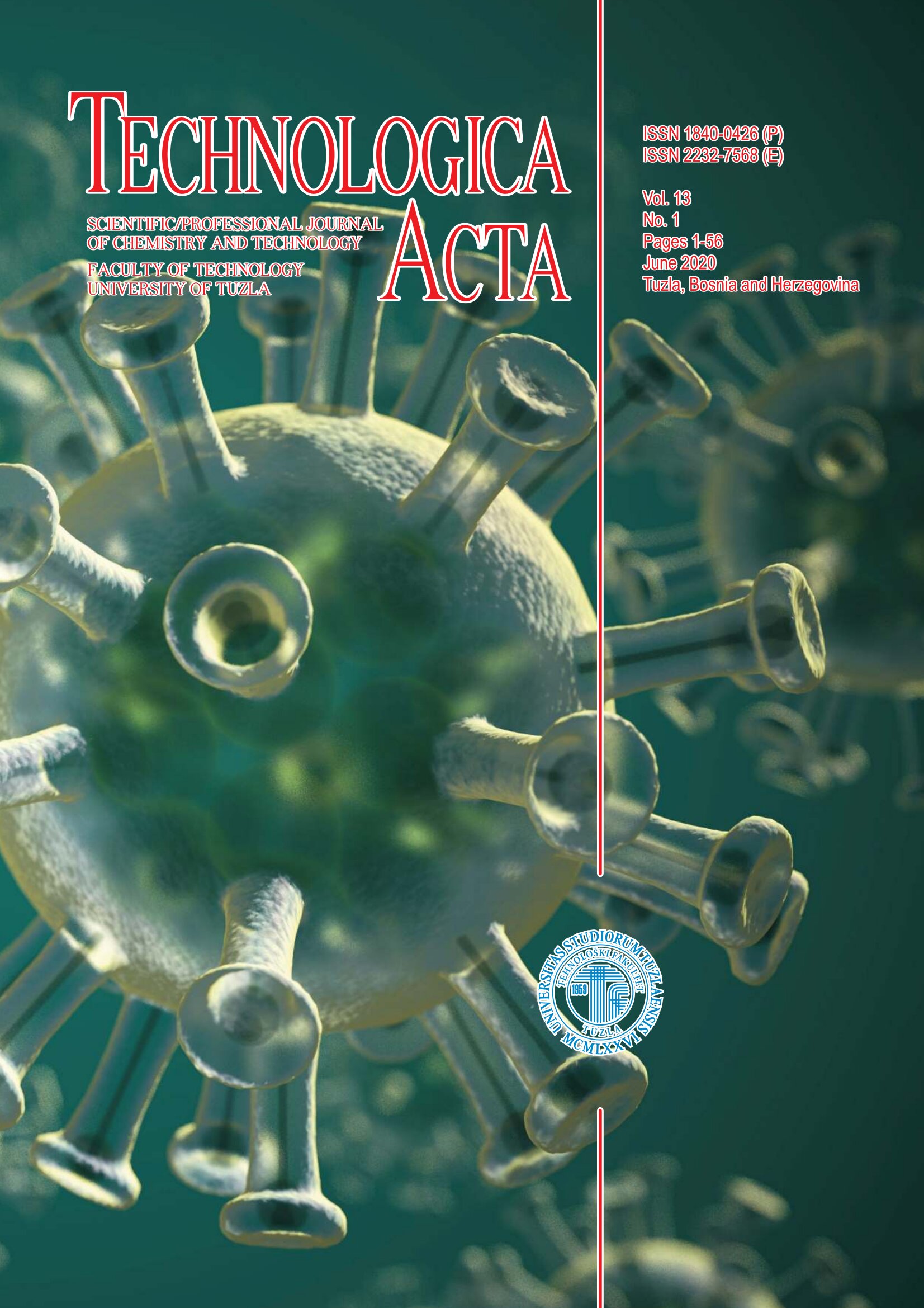Microencapsulation of dronedarone hydrochloride by spray drying
Keywords:
microencapsulation, spray drying, dronedarone hydrochloride, poly(vinyl alcohol), in vitro drug releaseAbstract
Microencapsulation is a method often used in various industries and one of the many advantages is that controlled release of the active ingredient can be achieved. The aim of this study was to prepare microcapsules by spray drying by changing the process conditions and ratios of the used components, polymer excipient poly(vinyl alcohol) and active ingredient dronedarone hydrochloride. Dosage forms of poly(vinyl alcohol) and dronedarone hydrochloride were prepared in 1:1, 2:1 and 3:1 weight ratios and the solutions were dried in a laboratory spray dryer at four different atomization flowrates. The morphology of the obtained microcapsules was examined using a scanning electron microscope (SEM). The release kinetics of the active ingredient from the microcapsules were examined by in vitro laboratory testing and the resulting release profiles were described using the Weibull model. The results showed that the change of weight ratio has influence on the morphology of microcapsules, the efficiency of microencapsulation and drug release.


